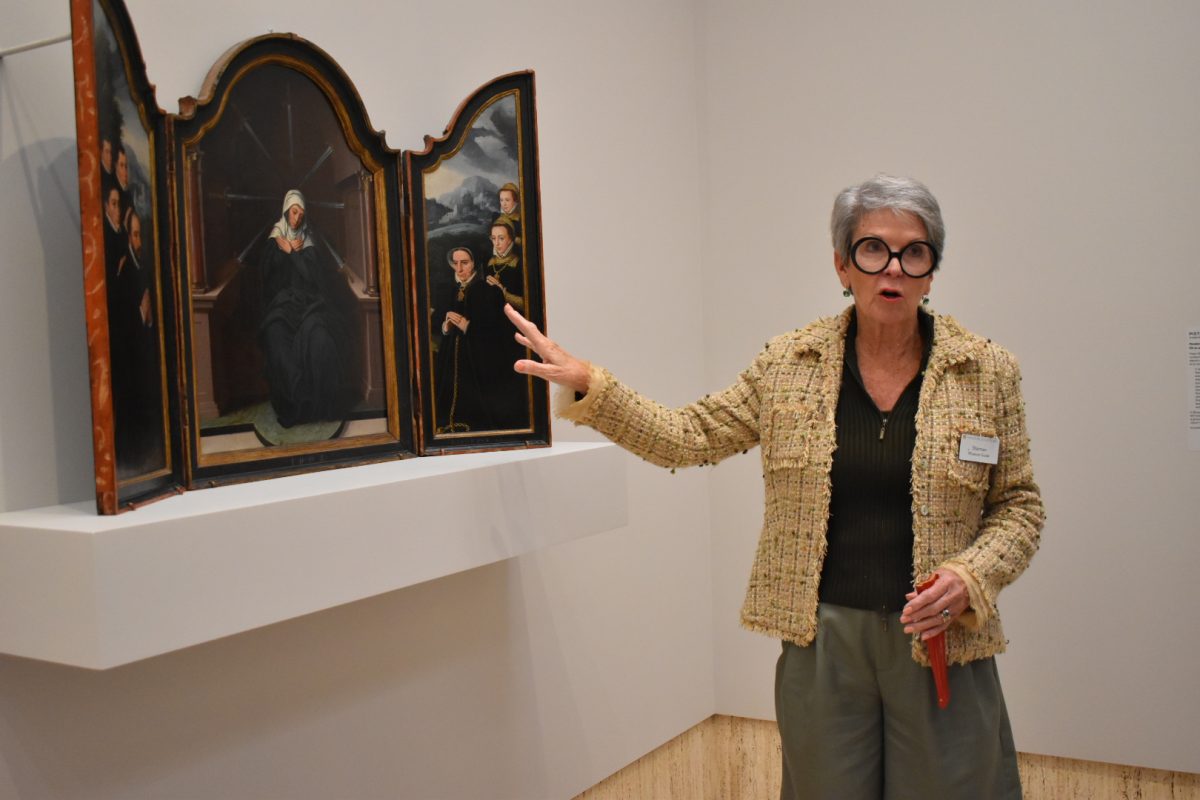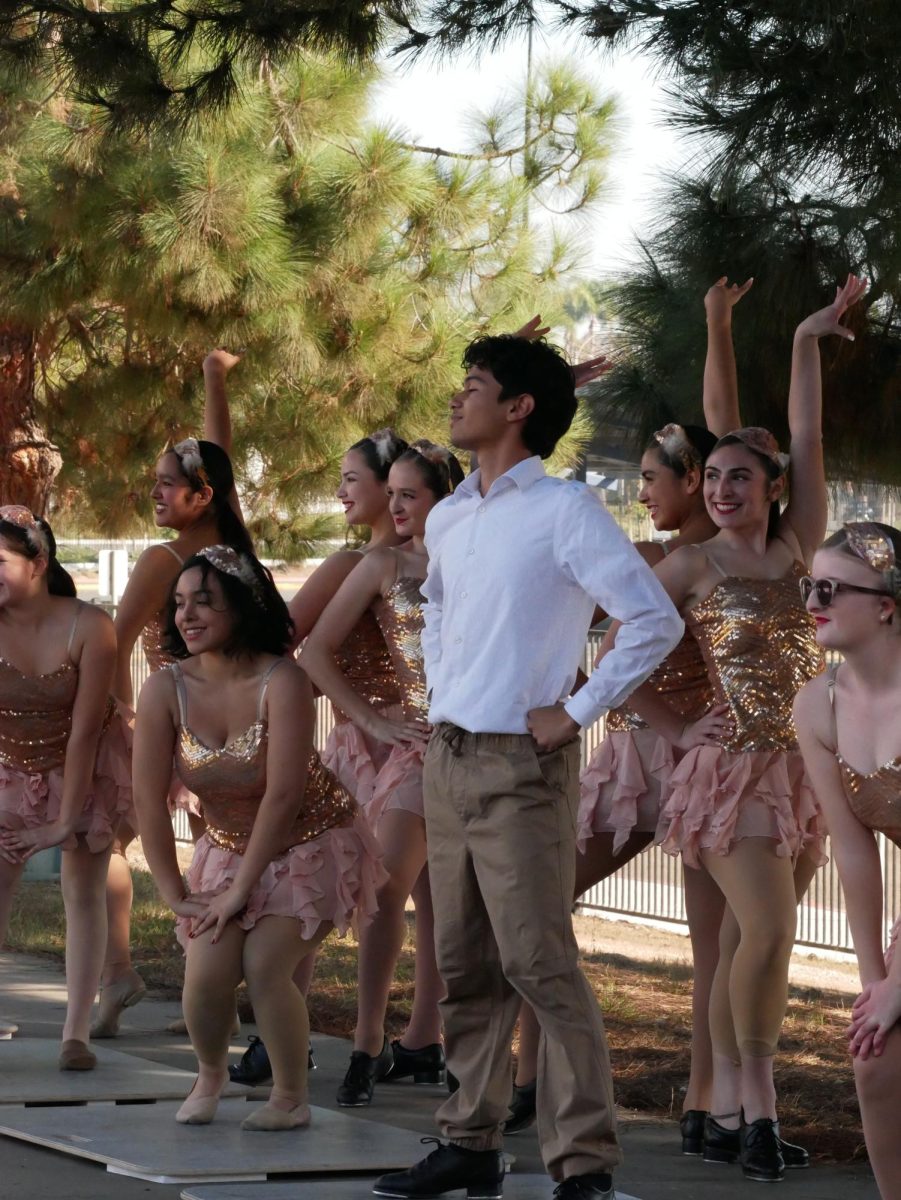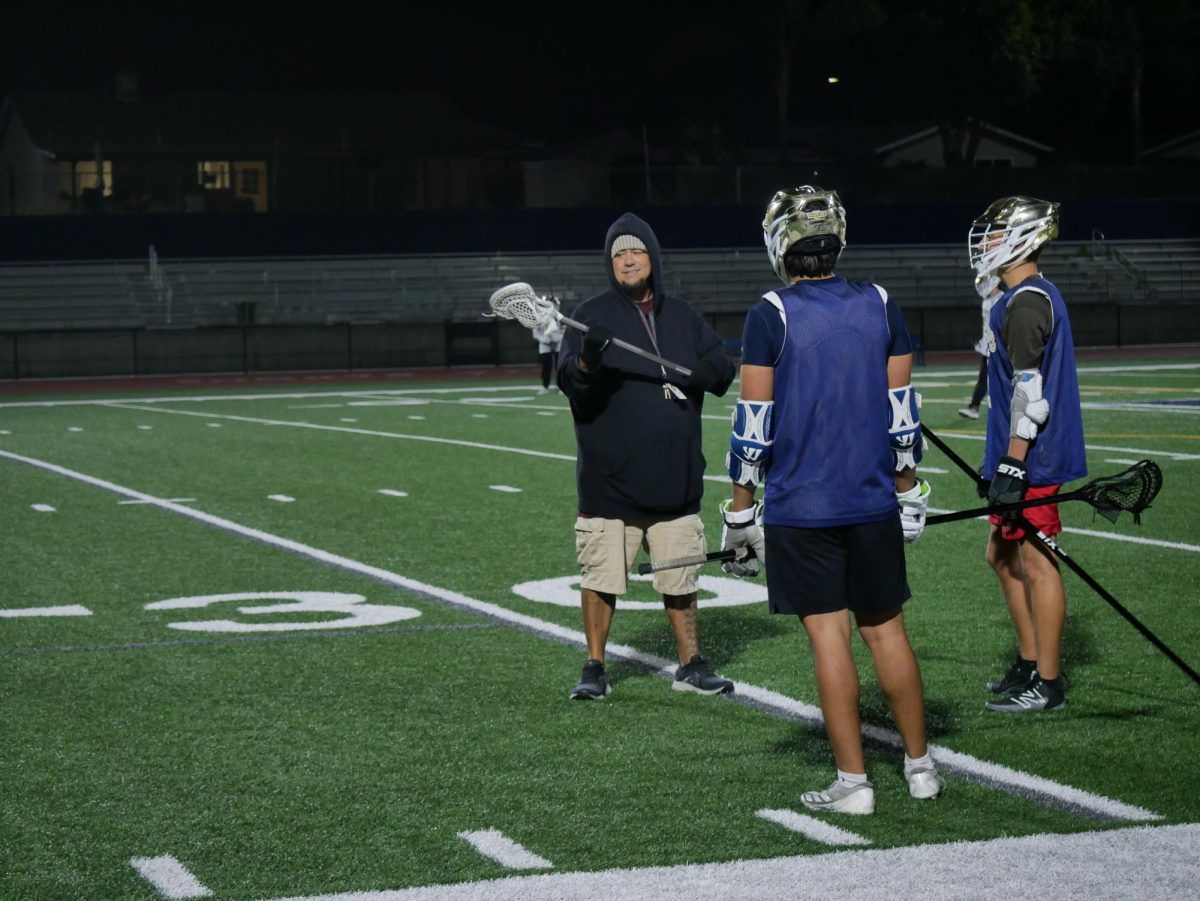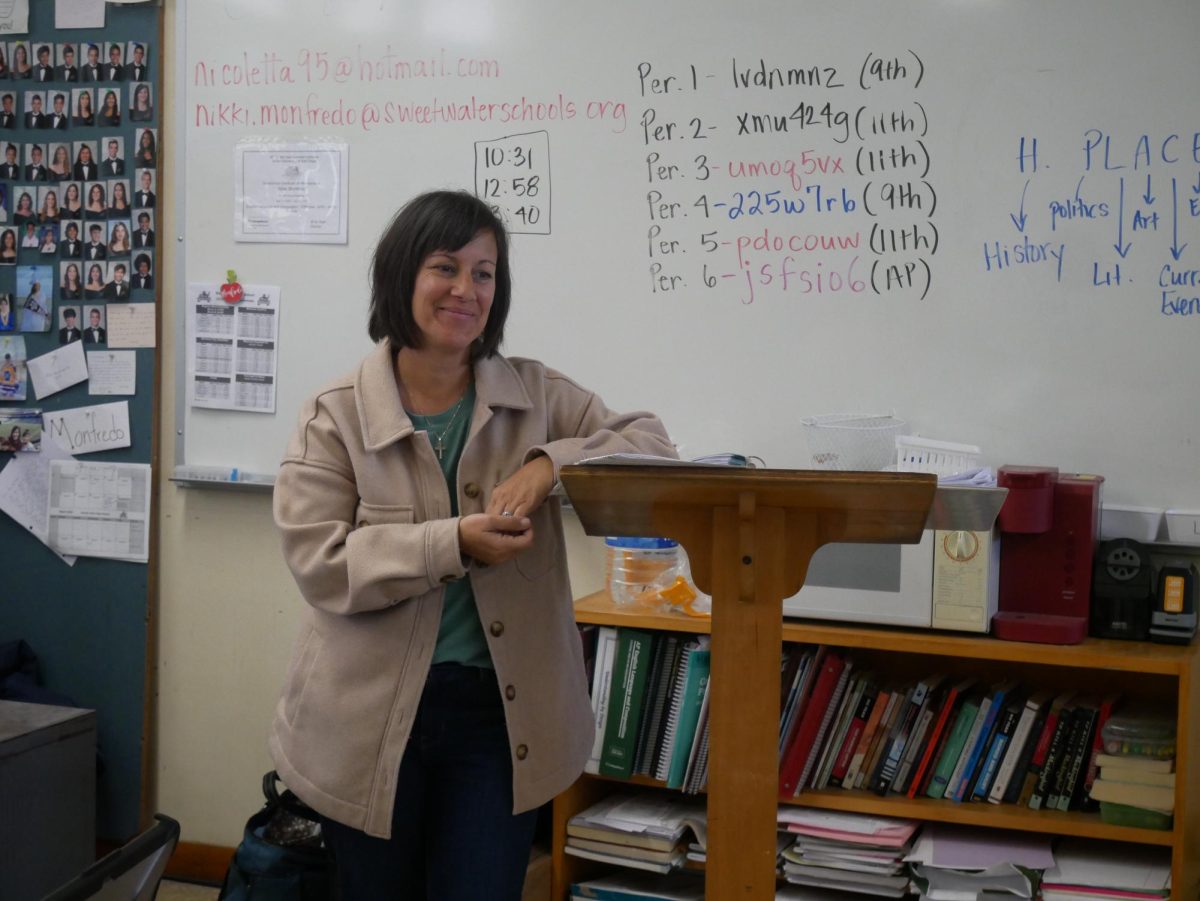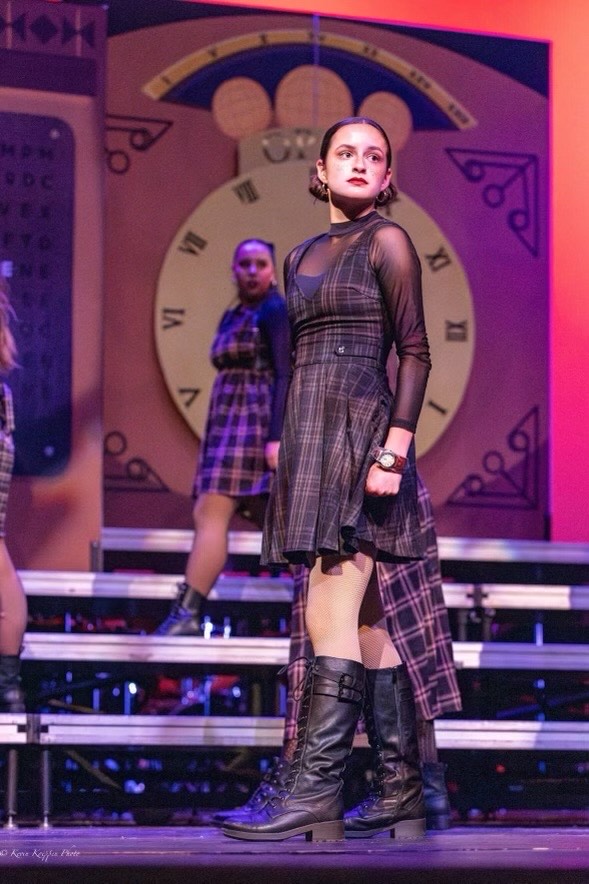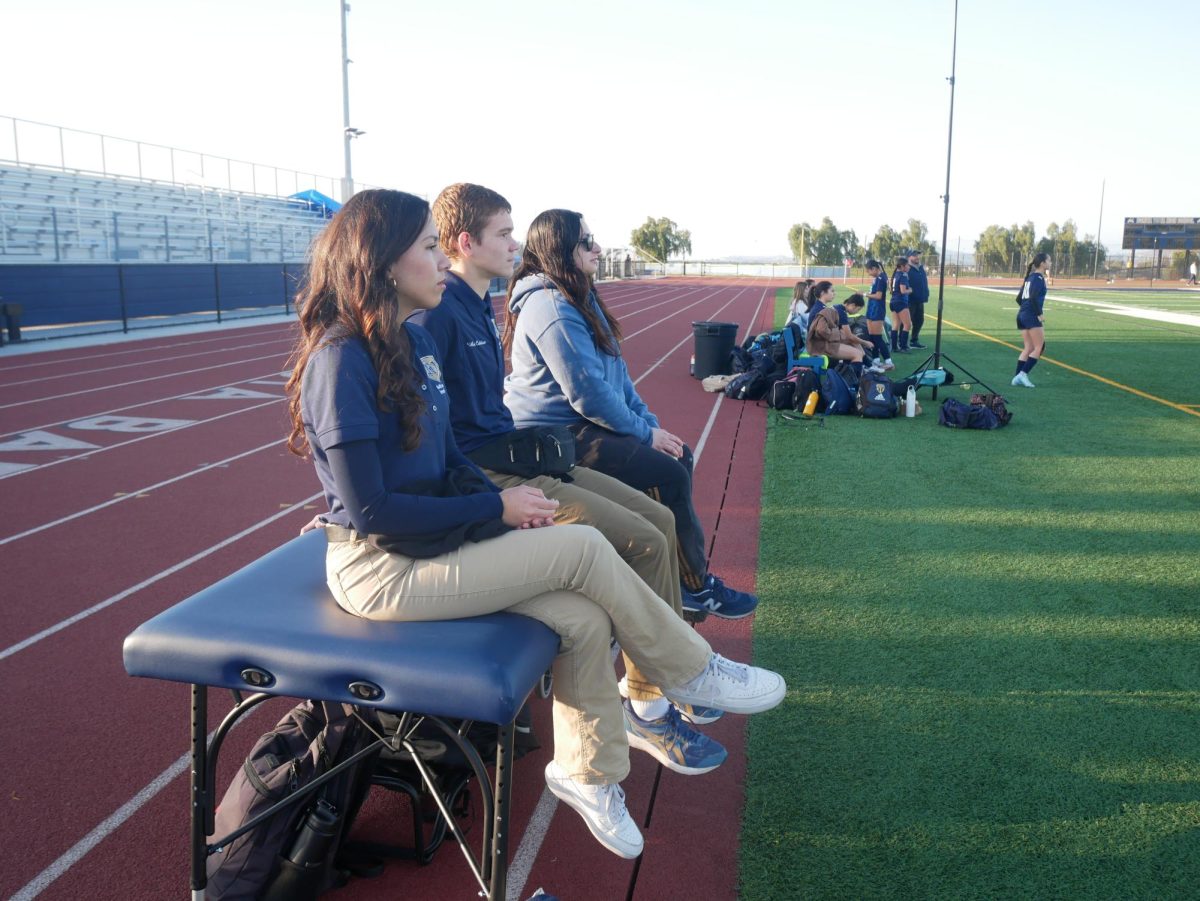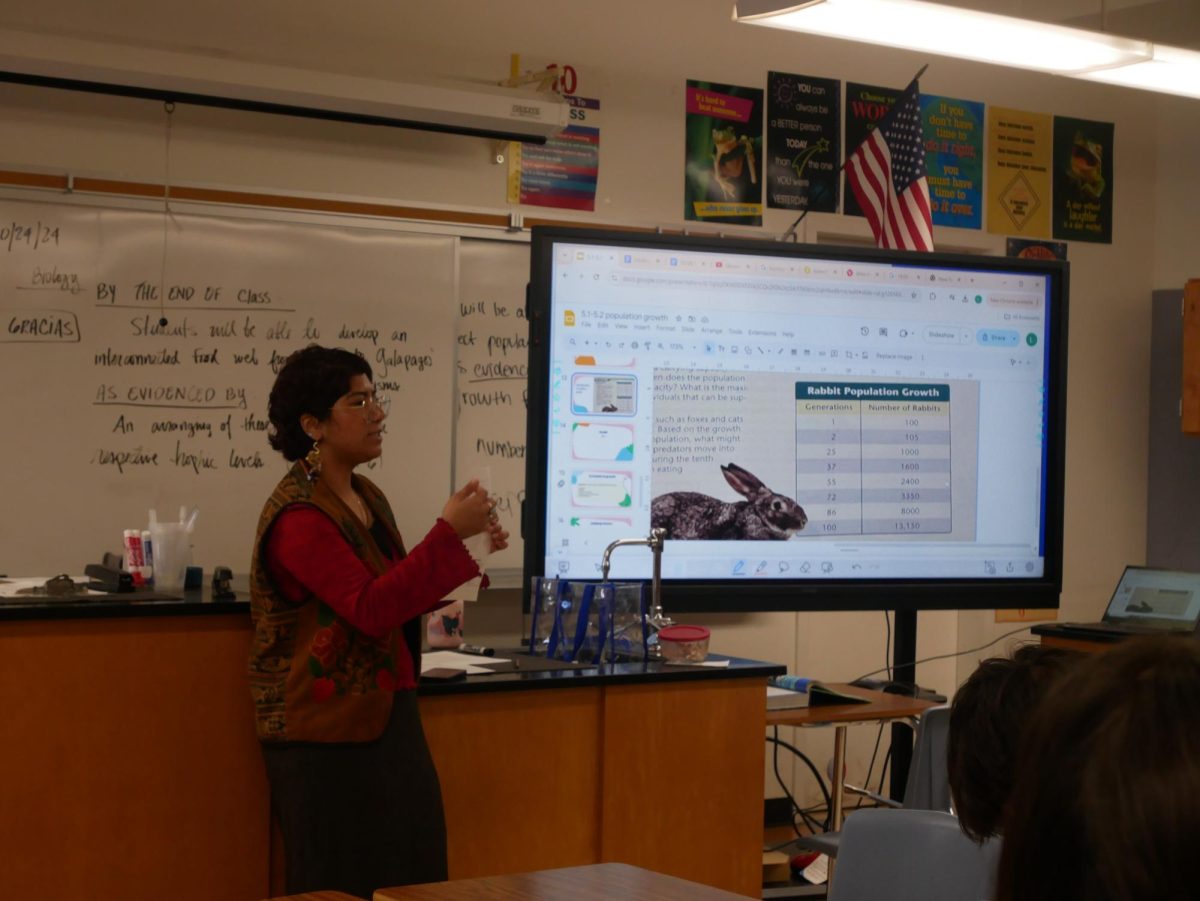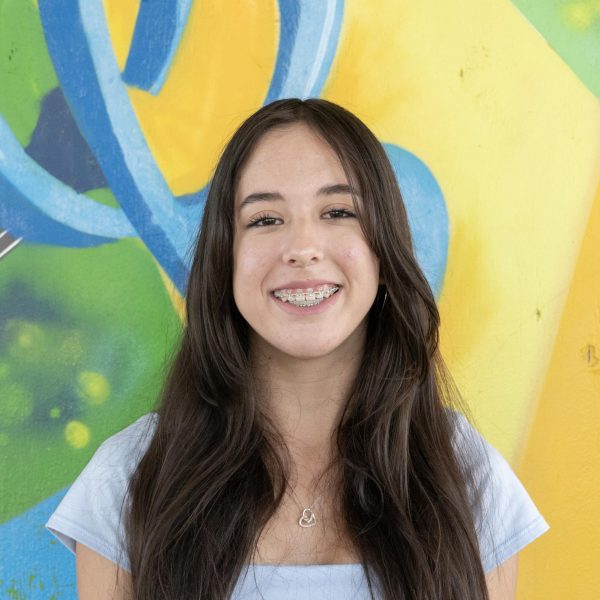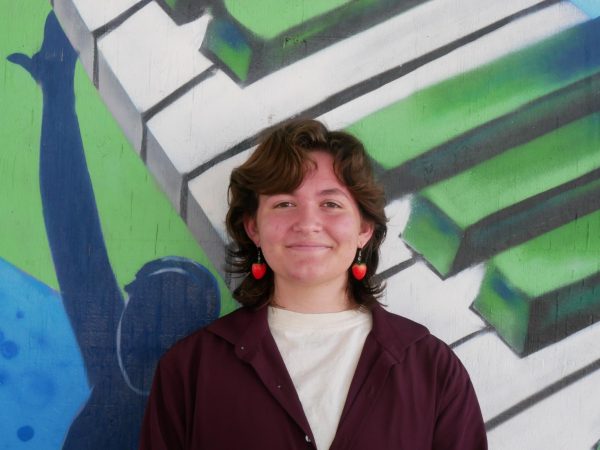On Feb. 7, Bonita Vista High (BVH) teacher James Goodwin’s Advanced Placement (AP) Art History class embarked on a field trip to the Timken Museum of Art located at Balboa Park. World Geography and International Baccalaureate (IB) Diploma Programme Core teacher Cody Betts joined the field trip as a chaperone.
The students were guided by the museum docent Sharma Dye. Being a docent means she guides visitors through the various pieces that are shown in the Timken Museum’s permanent collection. The museum’s permanent collection includes works from French, Russian, Spanish, Italian, Dutch and American artists during the Middle Ages, Renaissance and Baroque time period. Goodwin explains the research students did prior to the field trip to have a better understanding of the museum’s collection.
“I had [my students] peruse the permanent collections at the Timken and identify one work of art that moved them for whatever reason, they could feel impressed, excited or disgusted. I asked them to become an expert on any specific piece so that when they saw it in the flesh in real life, they could think of questions or chime in during the museum tour as our expert,” Goodwin said.
During the museum tour, Dye asked the students questions about the art they were viewing. Senior Deigo Rosario participated in the tour, explaining the story behind Giovanni Francesco Barbieri’s painting “The Return of the Prodigal Son.” Prior to the field trip, Rosario researched Philippe de Champaigne’s oil painting “Christ Healing the Blind.” He explains the unique experience of seeing the work in person as opposed to viewing it digitally in class.
“In the class, we study the art but we do not get to see it in person, we just get to see pictures of it. But it is really refreshing to be able to see the art in person because you get to see the intricate detail and the amount of effort that one puts into the work. [We can] even understand some of the background context the artists had in mind when painting it,” Rosario said.
The value of viewing art in person is also expressed by Dye. She explains the value of viewing art and understanding the history behind it for an individual. Dye emphasizes the importance of Art History because of the knowledge it instills in students which allows them to appreciate seeing art in person.
“I hope that every one of these students get a chance to travel and to see all these iconic works of art you learn about in person and have a little bit of the background knowledge to build a foundation of experiences,” Dye said.
According to Dye, each person’s interpretation of art is unique and personal. This is why one of her goals as a docent is to view the museum’s art from the guests’ perspective. One way Dye achieved this with the students is by asking various student’s interpretations of what the paintings meant. For example, she took input from students about what they felt about what the skull in Francisco de Zurbarán’ “Saint Francis in Meditation” represented.
“My goal is to see the paintings through our guests’ eyes. I want to see what they see because each person’s interpretation will be from a personal spot. And so when I draw out someone’s observation, I selfishly then get to see it through their eyes,” Dye said.
Touring the Timken museum’s diverse collection provided a special experience for students who typically only studied paintings from a textbook or laptop. Goodwin emphasizes the unique opportunity the field trip was.
“There’s really no way to replicate the experience of seeing art in person to experience that ‘wow’ moment when you turn the corner and you see a work of art you saw in a book or online,” Goodwin said. “You see the size of it, the boldness of the colors. You can’t recreate that.”

